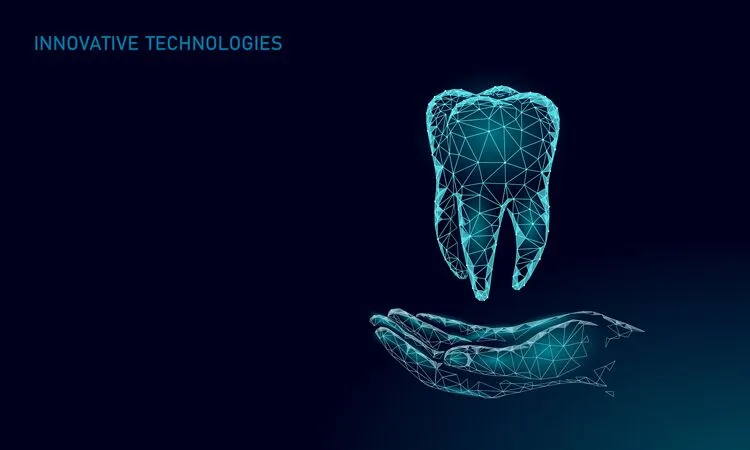
Advances in technology have revolutionised dentistry, particularly in the realm of dental implant placement. Traditionally, non-guided dental implant surgery relied on the clinician’s skill, experience and, to a degree, luck, while computer-guided dental implant placement utilises cutting-edge technologies like cone beam CT scanners and 3D dynamic navigation systems such as the X-Guide by Nobel Biocare. In this blog, Dr Robin Horton of Wayside Dental Practice in Harpenden, Hertfordshire will explore the key differences between computer-guided and non-guided dental implant surgery, highlighting the numerous benefits that computer-guided implant surgery offers to patients.
Non-guided dental implant surgery involves your dentist manually assessing the patient’s jaw structure and determining the optimal location and angle for implant placement. Although dentists are highly skilled, this technique relies on their visual estimation and judgment, which can lead to a slight margin of error. The absence of advanced imaging technology may limit the clinician’s ability to precisely assess the patient’s jaw-bone quality and quantity, potentially resulting in suboptimal implant positioning. Not being able to virtually plan the final crown or restoration means that it is harder to achieve a perfect aesthetic result.
Computer-guided dental implant surgery represents a significant advance in implantology, offering precise planning and improved patient outcomes. This technique integrates cone beam CT scanners, intra-oral scans and 3D dynamic navigation systems like the X-Guide by Nobel Biocare, providing dental implantologists with a comprehensive digital workflow for implant placement.
Computer-guided dental implant surgery has revolutionised the field of implantology, offering numerous advantages over traditional non-guided surgery. With precise preoperative planning, enhanced accuracy and precision, improved patient safety and comfort, and increased time efficiency, computer-guided implant surgery sets a new standard for implant placement. Technologies such as cone beam CT scanners and 3D dynamic navigation systems like the X-Guide have empowered clinicians to achieve optimal outcomes and provide patients with predictable, long-lasting results. As this field continues to evolve, patients can confidently embrace computer-guided dental implant surgery as a superior option for their oral rehabilitation needs.
Dr Robin Horton is one the first dentists in the UK to be trained in and have the X-Guide 3D Dynamic Navigation Implant System in the practice and available for any patient with missing teeth, looking to replace dentures or their missing teeth. He now teaches X-Guide Navigation to other dentists from all over Northern Europe at Nobel Biocare’s digital experience centre in Zurich. For more information or to book your consultation contact the practice today.